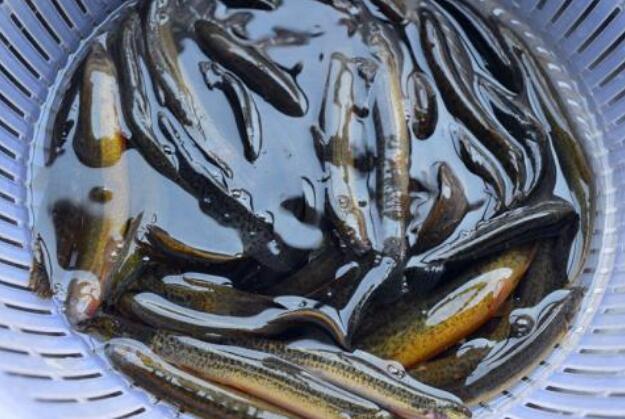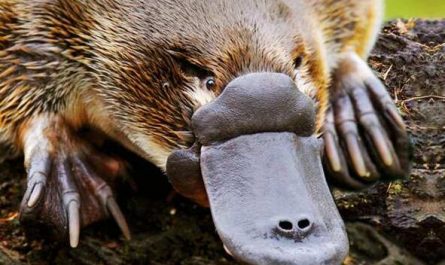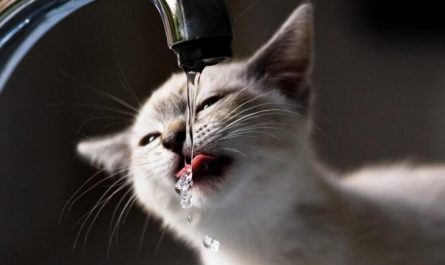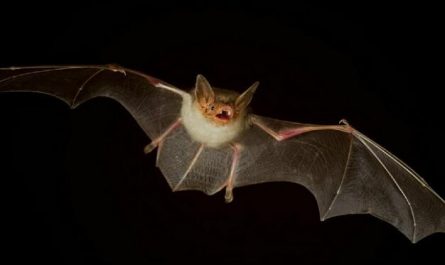The reason why the loach vomits bubbles
Everyone knows that the loach is a flat and long fish. It is usually the same as other fish, and it uses its gills to breathe. However, whenever there is insufficient oxygen in the water, if it is still breathing with gills, it cannot meet the needs of life. At this time, it can flush out the water and then directly inhale air from the mouth, and temporarily use the intestines as breathing Organ, use it to replace the gills for breathing.
It’s strange to say that how can a fish breathe with its intestines? Because the intestines of the loach do not go around in the stomach like the intestines of ordinary fish. It wraps around 10 or 8 times; its intestines The esophagus and the anus are connected together to form a straight tube, which is thin and transparent like a casing, and is full of capillaries. This thin and short intestine not only has the function of digesting food, but also has the function of replacing the gills for breathing.
Whenever the loach feels the lack of oxygen in the water, it will keep popping its mouth out of the water, swallowing a bite of air, and then diving to the bottom immediately. After the air is swallowed into the intestines, the blood vessels in the intestinal wall absorb the oxygen in the air, and the remaining gas and carbon dioxide gas released from the blood are discharged from the anus into the water like a “fart”. At this time, many bubbles will emerge on the water. The less oxygen there is in the water, the more times the loach will breathe air. Otherwise, they will not survive. According to calculations, in anaerobic water, they need to swallow air up to 70 times per hour on the water surface to maintain Own life.
Life habits of loach
Small demersal fish. Living in static or slow-flowing water at the bottom of silt, it is highly adaptable and can live in an environment rich in humus. When the water is hypoxic, intestinal respiration can be carried out, and when the water body dries up, it can dive into the mud and hide. Send all kinds of small animals for food. For batch spawning, the breeding period is mainly from 5 to June. The fertilized eggs adhere to the water plants and hatch. The largest individual can be up to 300 mm long and has excellent meat quality. It is one of the exported aquatic products.
Loach likes to live on the bottom of still water, often in the silt surface rich in plant debris at the bottom of lakes, ponds, ditches and paddy fields, and has strong adaptability to the environment. The living water temperature is 10~30℃, and the optimum water temperature is 25~27℃, so it should be a warm water fish. When the water temperature rises to 30°C, the loach dives into the mud for summer. In winter, when the water temperature drops below 5°C, it will go through the winter at a depth of 20-30cm in the mud.
Loach can not only breathe through its gills and skin, but also has a special intestinal breathing function; when the weather is muggy or the bottom silt, humus and other substances rot, causing severe hypoxia, the loach can also jump out of the water or rise vertically to the surface. Swallow air directly through the mouth, and the intestinal wall assists in breathing. When it turns its head and slowly descends, the exhaust gas is discharged from the anus. At this time, the loach in the entire water body rises to the surface of the water to inhale, one after another, so Western Europeans call it “climate fish”. In the cold winter, the water body dries up, and the loach burrows into the soil, relying on a small amount of water to keep the skin from drying out, and relying on intestinal breathing to maintain life. When the water rose the next year, he went out again.
Since the ability of loach to tolerate low dissolved oxygen is much higher than that of ordinary fish, it can survive longer after being out of water. In a dry bucket, juvenile loach with a total length of 4 to 5 cm can survive for 1 hour, while an adult fish with a total length of 12 cm can survive for 6 hours, and they can still function normally when they are returned to the water. Loach often comes out at night to prey on plankton, aquatic insects, crustaceans, aquatic higher plant debris and algae, and sometimes ingest underwater humus or mud. Loach 2 matures in winter and starts to reproduce in April each year (water temperature is 18℃). It lays eggs in shallow grasses with a depth of less than 30 cm, and the produced eggs adhere to aquatic or submerged dry grass. The hatched larvae are often scattered and do not form groups.
The morphological characteristics of loach
There are 5 pairs of whiskers, with the longest mouth extending to or slightly beyond the back edge of the eye. No immediate thorns. The scales are small and buried under the skin. The caudal peduncle epithelium has low folds and is connected to the caudal fin. The tail stalk length is greater than the tail stalk height. The tail fin is round. The anus is close to the anal fin.
The loach body is small and slender, with a sub-cylindrical front end! The abdomen is round and the rear end is flat. The ratio of body height to body length is 1.7:8.
The head of the loach is relatively pointed, the snout protrudes forward, the angle of inclination is large, and the length of the snout is less than the length of the head behind the eyes. The mouth is small, sub-inferior, and horseshoe-shaped. The lips are soft, with fine wrinkles and small protrusions. The eyes are small, covered with a film, and the upper and lateral vision is not developed. The branchial cleft stops at the base of the pectoral fin.
The body surface of the loach is rich in mucus. More than two-thirds of the back and sides of the body are gray-black with black spots, and the lower half of the body is gray-white or light yellow. Loach living in different environments has slightly different body colors.
The dorsal fin of the loach has no hard spines, 3 unbranched fin rays, 8 branch fin rays, 11 in total. The dorsal fin is opposite to the pelvic fin, but the starting point is before the pelvic fin, about the midpoint of the posterior edge of the front operculum and the base of the caudal fin. The pectoral fin is far from the pelvic fin, and the pelvic fin is short. The starting point is located in the middle and rear of the base of the dorsal fin. The pelvic fin does not reach the anal fin. The tail fin is round. The pectoral, pelvic, and anal fins are grayish-white, the caudal and dorsal fins have small black spots, and there are significant black spots above the base of the caudal fin.






